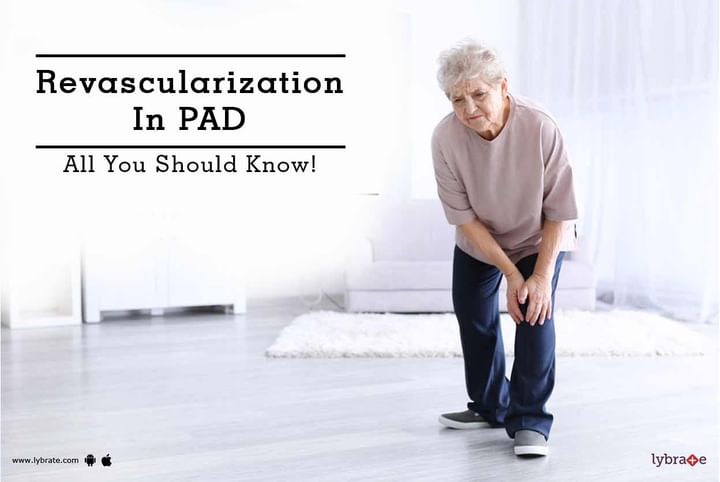Revascularization In PAD - All You Should Know!
Peripheral artery disease (PAD) is a disorder of your body’s circulatory system that prevents extremities like your legs from getting the required amount of blood for healthy functioning. This leads to problems such as pain in the legs when performing daily activities like walking or running.
This disease is detectable by a variety of symptoms. They are:
• Pain and discomfort, cramp-like formations in your legs, calf muscles and related body parts like the hips.
• Slower body hair growth in your leg area, or above certain spots on the legs.
• Change in the colour or smoothness of your skin in the leg area.
• A red or blue tinge in the skin of the leg area.
• Sores or wounds in the leg area.
Risk Factors: What Makes You More Vulnerable to PAD?
There are certain factors and reasons that make people more susceptible to catching PAD than the normal population. They are:
• Being above medically accepted levels of body weight for your height and age, or being clinically obese.
• Smoking cigarettes.
• The onset of old age. People who are 50 years and above are highly susceptible to this condition.
• Levels of cholesterol or blood pressure that range higher than the clinically prescribed levels.
• A lineage that shows PAD in several cases in the immediate or nearly related family.
Treating PAD: Why is Revascularization Your Best Option?
The goal of PAD treatment is to check your symptoms and keep them from debilitating your life. There are several ways you can do this. These methods include:
1. Lifestyle changes: You may be advised to make some lifestyle changes by your doctor, such as Quit smoking, Get more exercise, Eat a healthy diet, Take care of your feet, Manage your other health problems, such as diabetes and high blood pressure.
2. Medical management: In some cases, lifestyle do not give the desired results. In such cases, the doctor prescribes some medicines to decrease your chance of heart attack or stroke, prevent blood clots, provide more blood flow to your legs and feet and lower your cholesterol.
3. Endovascular surgery (Angioplasty/Stenting): When lifestyle changes and medicines do not work, then the doctor may go on to condult Angioplasty to widen the blocked artery and ensure more blood flow. Your surgeon may place a stent, or small mesh tube, in there to keep it open.
4. Surgery (Bypass with vein or graft): Bypass surgery can also be performed to give blood a different path around the blocked artery.
5. Hybrid (bypass and angioplasty or stenting)
Compared to other surgical procedures, revascularization offers the following advantages:
• Local compared to general anaesthesia use, reduces recovery time and risk of mortality.
• Short-term morbidity rates are markedly lesser.
• Hybrid revascularization procedures that are up and coming hold the potential for combining the long-staying effects of surgical revascularization and the lower risks associated with endovascular procedures, providing the patient with the best effects of both methods.
These pros overweigh some of the traditional cons associated with revascularization procedures in PAD treatment, like increased and increasing costs. Therefore, it emerges as the true best control/treatment procedure.
PAD is a condition that has the potential to degrade your quality of life with the toll it takes on walking and other healthy functions of your leg. However, help is at hand – there have been procedures devised which help keep the symptoms in control. Revascularization surgery is one such exemplary method.



+1.svg)
